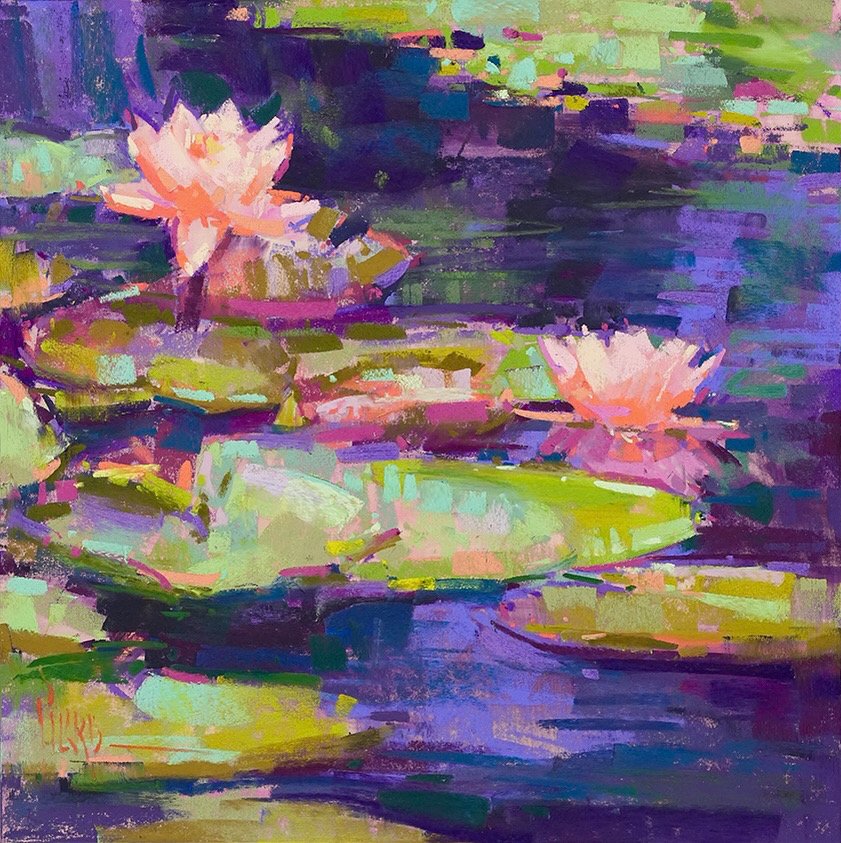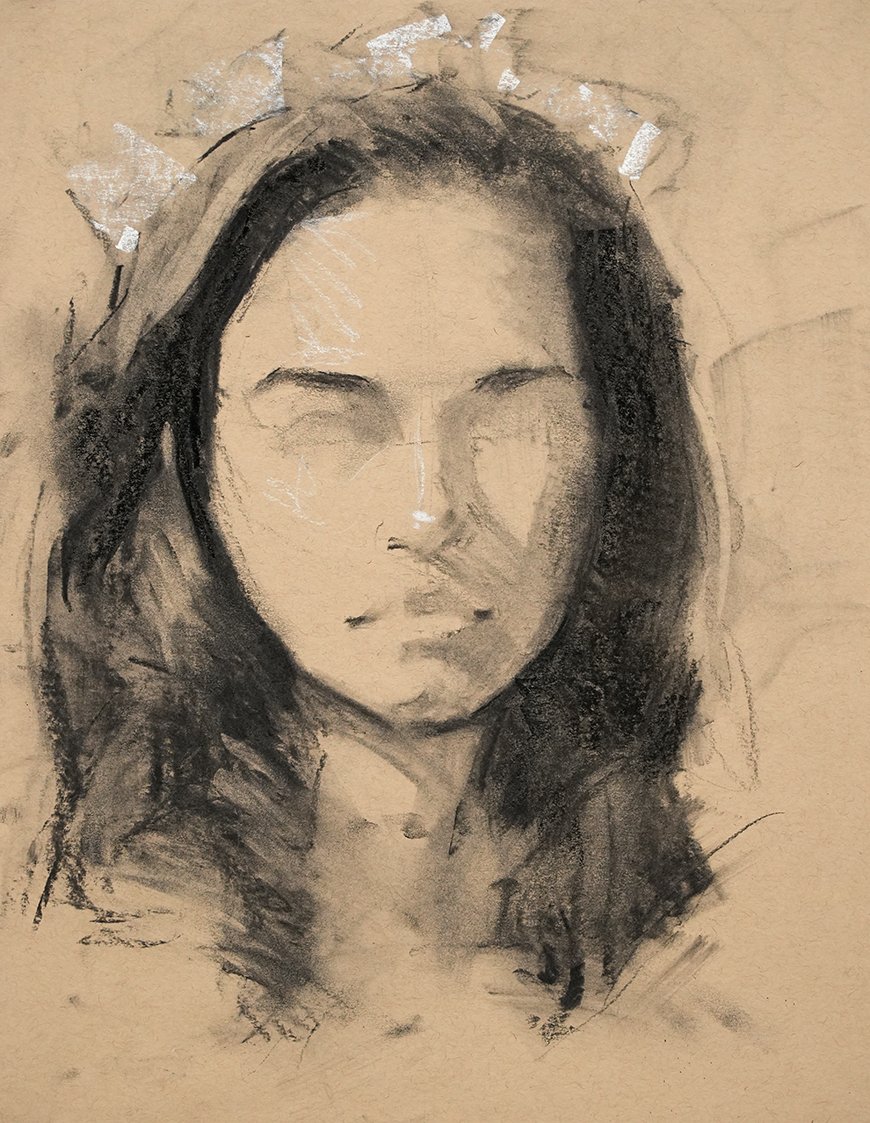Don't Worry, Get Curious!
Have you ever gotten the “new subject jitters” before?
They set in when you’re about to explore a brand-new subject in your art, one you’ve never painted before. It’s exciting and unnerving all at the same time. New ideas bring fresh inspiration and energy, but a lack of familiarity with the subject can bring feelings of uncertainty as well.
Don’t worry, because I’ve got an effective strategy to disarm those new subject jitters. Wait for it...
Get curious!
The moment you feel anxiety setting in, get out your sketchbook and start making thumbnail sketches. Don’t hesitate! Curiosity will replace anxiety as soon as your pencil hits the paper.
Pink Water Lilies, 12x12” pastel on UART 400 Board
This happened to me recently as I began to explore reference photographs from Les Jardins d’Eau de Carsac, a beautiful water garden I visited last year in France.
I had some lovely pictures and was inspired to paint the water lilies, but the subject was new to me and I felt the jitters setting in.
My first move was to pull out my toned tan sketchbook and trusty brush pens and start sketching! Something wonderful happens as we begin to observe the subject and allow our curiosity to lead us into exploring new ideas.
Getting to know the shapes, understanding the value structure, seeing the abstract design opportunities. Before long, you’ll have some interesting new sketch ideas, and your jitters will be long gone. Curiosity beats anxiety every day of the week!
5x5” Tombow Brush Pens and White Sharpie Paint Pen on Strathmore Toned Tan Paper
Next time you feel those new subject jitters setting in… don’t worry, get curious! Get in motion by creating small thumbnail sketches. You’ll feel your confidence rising as your curiosity leads the way.
Be inspired,
Alain





















